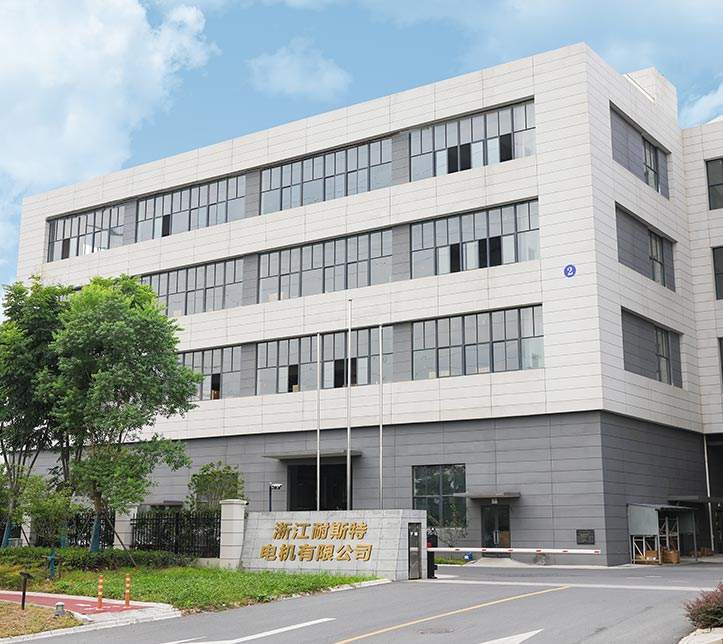Brushed Motors Unveiled: Are DC Electronic Fans with Brushes Timeless Titans or Just Bristly Has-Beens?
The defining characteristic of DC brushed electronic fans lies in the intricate and time-tested design of their motor, which incorporates brushes and a commutator. This traditional motor configuration, while seemingly straightforward, holds the key to the fan's functionality and has been a stalwart in the realm of electronic cooling for decades.
At the heart of a DC brushed electronic fans is the brushed motor, a classic electromechanical system. The motor comprises two essential components: brushes and a commutator. Brushes, typically made of carbon or other conductive materials, maintain continuous electrical contact with the spinning commutator, which is a segmented cylindrical structure usually made of copper.
The commutator serves as a crucial element in the creation of the magnetic field necessary for motor operation. As electric current flows through the brushes and into the commutator, the segmented nature of the commutator comes into play. The interaction between the brushes and the commutator segments ensures that the direction of the current in the motor coil reverses at the precise moment needed to keep the motor turning. This reversal of current direction is essential for maintaining the rotational motion of the motor.
The brushes, in their constant contact with the commutator, act as conductive bridges, ensuring the flow of electric current and the creation of a magnetic field in the motor coil. This magnetic field interacts with the permanent magnets or other magnetic components within the motor, causing the motor shaft to rotate. As the motor shaft turns, it drives the fan blades, initiating the airflow necessary for heat dissipation in electronic devices.
While the brushed motor design is reliable and has been widely used, it is not without its considerations. One notable aspect is the wear and tear associated with the brushes. Over time, the brushes gradually wear down due to the friction and contact with the rotating commutator. This wear is a natural consequence of the mechanical nature of the system and is a key factor in the maintenance considerations for DC brushed electronic fans.
The wear on brushes can lead to reduced efficiency and changes in the electrical contact between the brushes and the commutator. As the brushes wear, they may require replacement to maintain optimal motor performance. This periodic maintenance is a characteristic aspect of brushed motors and is a consideration for system designers and users relying on these fans for electronic cooling.
In addition to the wear on brushes, another consideration associated with the brushed motor design is the generation of electrical noise. The continuous contact and separation of the brushes from the commutator segments can produce electrical noise, contributing to the overall acoustic signature of the fan during operation. This noise level may be a factor in applications where a quieter operation is desirable.
Despite these considerations, the brushed motor design remains relevant and widely employed in various electronic cooling applications. Its simplicity and cost-effectiveness make it an attractive choice, particularly in scenarios where the benefits outweigh the maintenance requirements. The versatility and adaptability of DC brushed electronic fans, with their diverse sizes and customizable features, ensure that they continue to play a vital role in maintaining the thermal equilibrium of electronic devices across a spectrum of applications.
